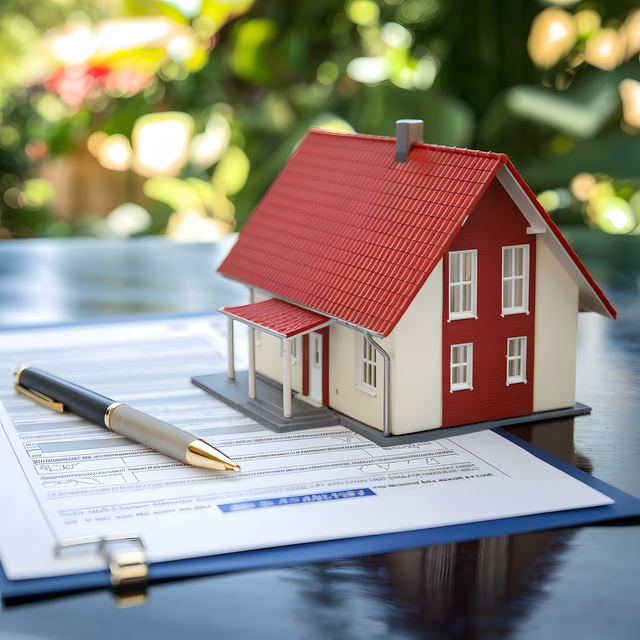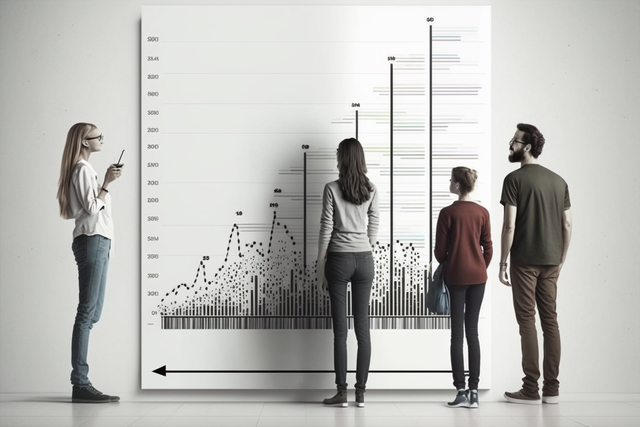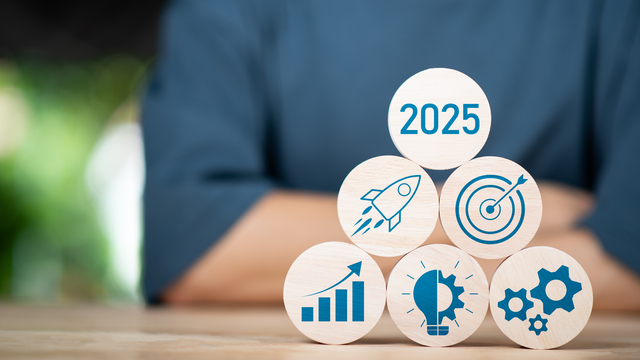
Property Management
Manage property listings, tenant information, and leases all in one place. Simplify your operations and save time with a user-friendly interface.

Real-Time Analytics
Get actionable insights into market trends, property performance, and customer preferences to make data-driven decisions.

Customer Relationship Management (CRM)
Track leads, manage customer interactions, and boost conversions with our built-in CRM tools.

Automated Marketing
Schedule email campaigns, send alerts, and promote properties with automated marketing tools designed for real estate.
1. Tenant Database
Store comprehensive information about tenants, including personal details, lease terms, payment history, and other relevant data. This feature allows you to keep track of important contact information and lease agreements for each tenant. The database is designed for easy searching, sorting, and filtering, so you can quickly access critical data when needed. It also integrates with other systems, allowing seamless updates across various platforms. With this centralized repository, property managers can ensure they have up-to-date and accurate tenant information, helping to maintain smooth operations and minimize errors.
2. Lease Management
Track lease agreements, renewal dates, rent increases, and other terms in one centralized location. This feature allows you to keep a detailed history of all lease contracts, making it easy to manage renewals and ensure compliance with lease terms. It can also automatically alert property managers of upcoming lease expirations, renewals, and rent increases, reducing the risk of missing critical deadlines. Lease terms and amendments can be easily updated, allowing for flexibility in managing property portfolios. With this system, managing multiple leases becomes streamlined and efficient, saving time and improving tenant satisfaction.
3. Document Management
Store and organize important documents like leases, contracts, and maintenance requests in a digital format. This eliminates the need for paper storage, making it easier to access and manage these documents. Documents can be tagged and categorized, allowing for quick retrieval using keywords or dates. With secure cloud storage, all files are backed up and protected against data loss. The system also offers version control, so users can track document changes and ensure they are always working with the latest version.
4. Rent Collection
Automate rent invoicing, accept online payments, and maintain a comprehensive payment history. The rent collection feature enables property managers to generate and send rental invoices automatically on the due date, reducing the chances of human error. Tenants can make payments online through various payment methods, and receipts are instantly generated and sent. The system tracks all payments, allowing for easy reporting and reducing manual tracking work. Additionally, automated reminders help ensure that tenants are reminded of upcoming rent payments, improving on-time collections.
5. Financial Reporting
Generate financial reports, including profit and loss statements, balance sheets, and other metrics to monitor property performance. The reporting tools allow property managers and owners to have a clear view of income, expenses, and overall profitability. Reports can be customized to track specific financial metrics, making it easier to understand how each property is performing. This feature can integrate with accounting software, streamlining the financial management process. With real-time updates, the financial reports are always accurate, allowing for timely decision-making and strategic planning.
6. Expense Tracking
Track and categorize operating expenses like maintenance, utilities, and property taxes. This feature ensures that all expenditures related to the property are properly recorded, making it easier to manage budgets and control costs. It allows for categorizing expenses into different groups (e.g., utilities, maintenance, management fees) and tracking them over time. Reports can be generated to analyze spending patterns and identify areas for cost-saving. With expense tracking, property managers can stay on top of their financial obligations and ensure compliance with budget constraints.
7. Self-Service Options
Empower tenants to handle tasks such as reviewing payment history, renewing leases, and submitting maintenance requests independently. With self-service options, tenants can complete tasks without needing to interact with property management directly, saving time for both parties. Ten
8. Maintenance Requests
Enable tenants to submit maintenance requests, which are automatically assigned and tracked. Tenants can quickly submit service requests through the platform, making it easier for property managers to address issues promptly. Each request is logged and tracked, ensuring nothing is overlooked or delayed. The system can also assign requests to specific vendors or maintenance staff based on availability and expertise. This automated system helps improve tenant satisfaction by ensuring that maintenance tasks are completed efficiently and on time.
9. Online Access for Tenants
Allow tenants to log in to view lease details, make payments, submit maintenance requests, and communicate with property managers. Tenants can manage all aspects of their lease from a single platform, including reviewing payment history, submitting maintenance requests, and receiving updates. This online access makes it convenient for tenants to interact with property management without having to call or email. It improves the tenant experience by providing them with control over their own information. Additionally, tenants can access the platform from anywhere, making communication faster and more efficient.
10. Preventative Maintenance
Schedule and track routine maintenance to prevent unexpected issues and ensure property upkeep. Preventative maintenance helps extend the lifespan of property systems and equipment by addressing issues before they become major problems. This feature enables property managers to create maintenance schedules for tasks like HVAC inspections, plumbing checks, and roof repairs. Regular reminders ensure that these tasks are completed on time, reducing the likelihood of costly repairs. By keeping up with preventative maintenance, property managers can avoid service disruptions and improve tenant satisfaction.
11. Key Performance Indicators (KPIs)
Deliver real-time insights on occupancy rates, rental income, and other essential metrics. The KPI dashboard presents property managers and owners with up-to-date performance metrics for each property in their portfolio. Key data points such as average rent, tenant retention rate, and maintenance costs are clearly displayed. This feature helps decision-makers monitor the success of their properties and make informed adjustments where needed. With a focus on key metrics, property managers can ensure continuous improvement and growth.
12. Tenant Screening
Integrate with background and credit check services to evaluate prospective tenants. This feature allows property managers to perform thorough background checks on applicants, including credit reports, criminal history, and eviction history. The system helps property managers make informed decisions when selecting tenants, ensuring they choose individuals who meet their property requirements. Tenant screening reduces the risk of late payments, property damage, and legal disputes. With this tool, property managers can maintain a high-quality tenant base and avoid potential problems in the future.
13. Owner Portal
Provide property owners with access to financial reports, rental income, and key property data. The owner portal offers transparency and allows property owners to track the performance of their investments in real-time. Owners can access detailed financial reports, including income statements, expense breakdowns, and tax information. This self-service option ensures that owners can stay informed and monitor their properties without needing to contact property managers frequently. With an easy-to-use interface, owners have quick access to all the information they need.
14. Communication Channels
Facilitate seamless communication through built-in messaging systems, emails, or phone calls within the platform. This feature provides tenants and property managers with a unified platform for communication. Whether it’s discussing maintenance issues, policy changes, or general inquiries, the platform makes it easy to communicate directly within the system. Communication logs are stored for future reference, providing a record of all interactions. This improves transparency and ensures that important information is never lost or overlooked.
15. Automated Reminders
Automatically remind tenants of upcoming payments, lease renewals, and inspections. The system sends automated alerts for events such as rent payments, lease expiration dates, and scheduled property inspections. This helps prevent late payments, missed deadlines, and unpreparedness. By automating these reminders, property managers can reduce the administrative burden and ensure that important tasks are completed on time. Tenants benefit from the convenience of timely notifications, improving their experience and satisfaction.
16. Property Portfolio Management
Track the performance of all properties on a centralized dashboard. Property managers can view key metrics such as occupancy rates, rental income, and maintenance schedules for each property in their portfolio. The dashboard allows for easy comparison of properties, helping managers identify trends and make data-driven decisions. By centralizing property information, managers can quickly assess how well each property is performing and allocate resources accordingly. This feature simplifies property management and provides a holistic view of all owned or managed properties.